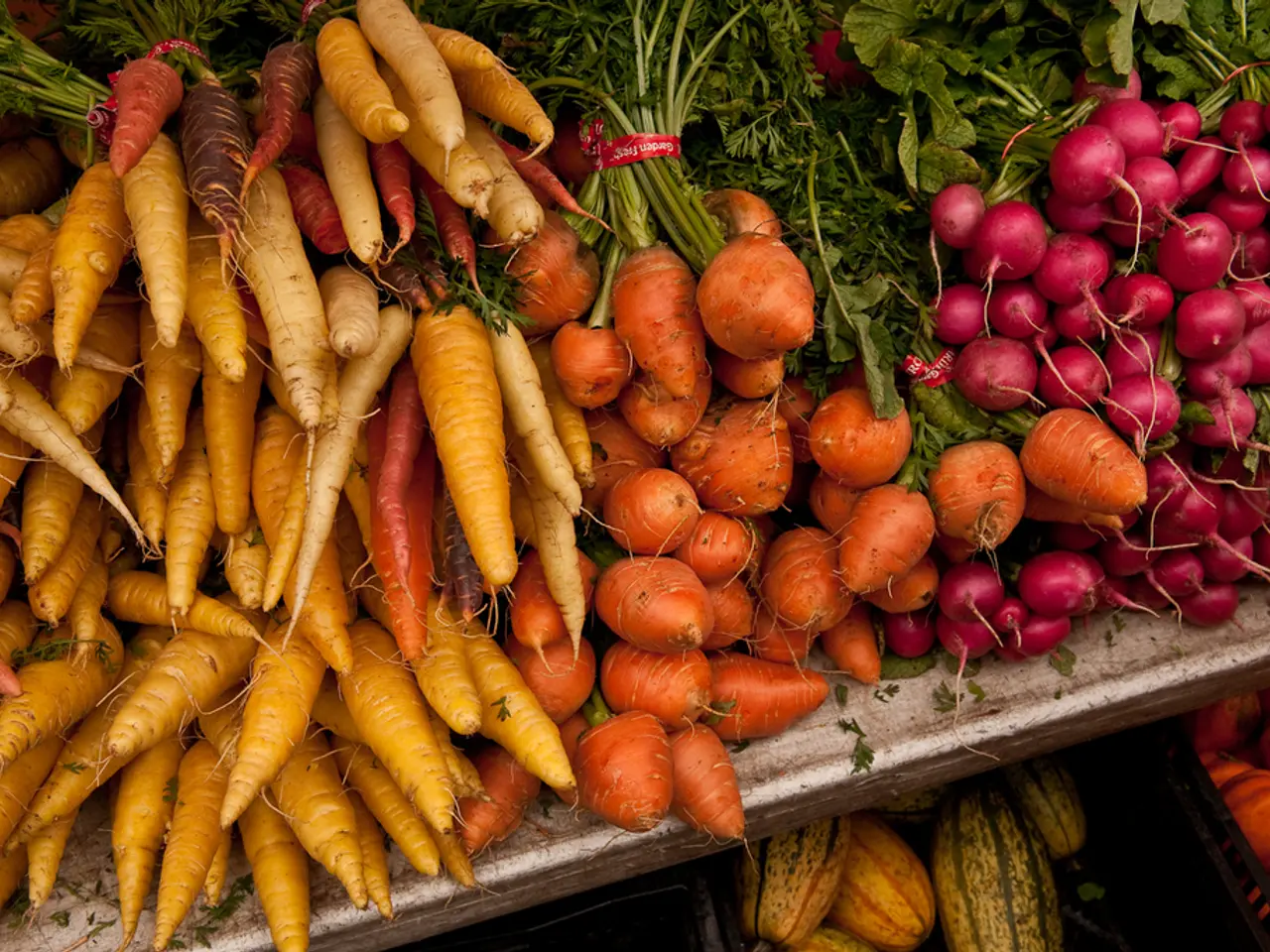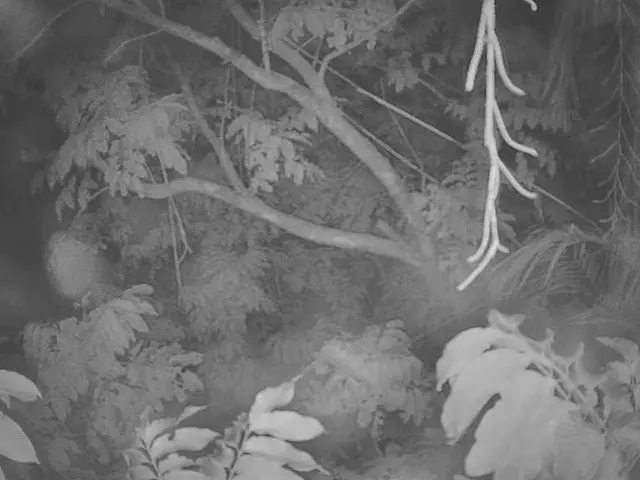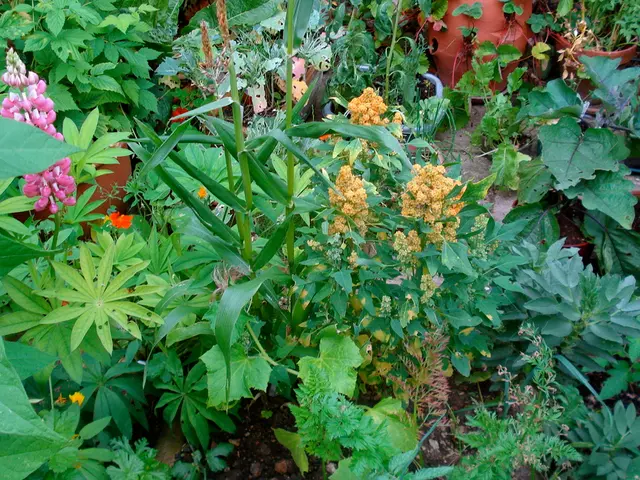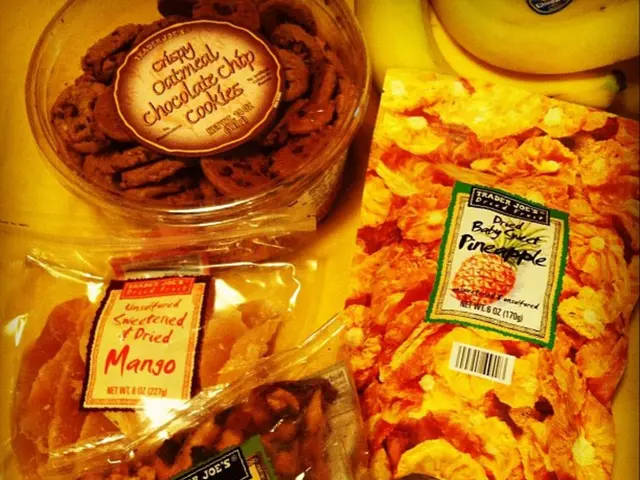Transforming Compact Areas into Green Oases: Tips for Maximizing Gardening Potential
Tired of the traditional garden plot? Not everyone has the space or patience for row gardening. With Americans spending over $3.8 billion on vegetable gardening in 2023, it's no wonder many are searching for alternatives. Enter Square Foot Gardening.
Here's the lowdown on this innovative approach to gardening, pioneered by retired civil engineer Mel Bartholomew in the 70s.
Rows may make sense for farmers with tractors, but for those tending to gardens by hand, they're a waste of time and space. Long rows take up precious space, and who wants to spend hours weeding between them?
Say goodbye to rows and hello to Square Foot Gardening. This compact, efficient method offers several benefits:
- Space-saving: Sieze every inch of your limited space and grow a bountiful garden.
- Increased yields: Grow more veggies in a smaller area, leaving room for more varieties and extras for friends.
- Reduced weed growth: With plants growing closer together, there's less opportunity for pesky weeds to take over.
- Water efficiency: Save water and contribute to environmental conservation. Square Foot Gardening requires only 10% of the water needed for traditional row gardening.
- Versatility: garden on patios, rooftops, or elevated surfaces thanks to the raised bed design.
Ready to get started? The Square Foot Gardening Foundation lays out the process in three easy steps:
- Build a box: Your box will be divided into 16 squares. Go for a 4x4 size, but adjust to fit your space. Ensure the box is at least 6 to 12 inches deep for healthy root growth.
- Build your soil: Use a mix of coarse grade vermiculite, sphagnum peat moss, and blended organic compost to ensure rich, nutrient-rich soil.
- Build your grid: Use string, yardsticks, or PVC pipe to create your grid. This will help you determine how many of each vegetable to plant in your space, ensure organization, and keep things looking tidy.
Choose your plants based on your hardiness zone, area's frost dates, and what you're excited to eat. Refer to the Square Foot Gardening Cheat Code for plant spacing guidance.
Don't forget, you can add flowers and herbs to your Square Foot Garden for added benefits and aesthetic appeal. And be sure to incorporate composting for optimal soil health and natural fertilizer.
Give Square Foot Gardening a try, and watch as limited space becomes a thing of the past when it comes to your vegetable garden!
- Instead of the conventional garden plot, consider adopting Square Foot Gardening, a space-saving and efficient method that gained popularity in the 70s.
- Building a Square Foot Garden involves constructing a box, dividing it into 16 squares, and ensuring it is at least 6 to 12 inches deep for healthy root growth.
- The soil in a Square Foot Garden should consist of a mix of coarse grade vermiculite, sphagnum peat moss, and blended organic compost for nutrient-rich growth.
- Use a grid system, such as string, yardsticks, or PVC pipe, to help determine the number and placement of each vegetable in your garden, ensuring organization and a tidy look.
- In addition to vegetables, consider planting flowers and herbs for added benefits and decorative appeal in your Square Foot Garden.
- Composting is an essential practice in Square Foot Gardening, providing optimal soil health and serving as a natural fertilizer.
- Adopting Square Foot Gardening not only boosts your vegetable harvest but also transforms your home-and-garden lifestyle, making your limited space abundant and creating a beautiful, productive garden that reflects your personal style.








